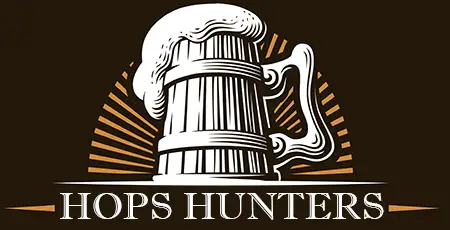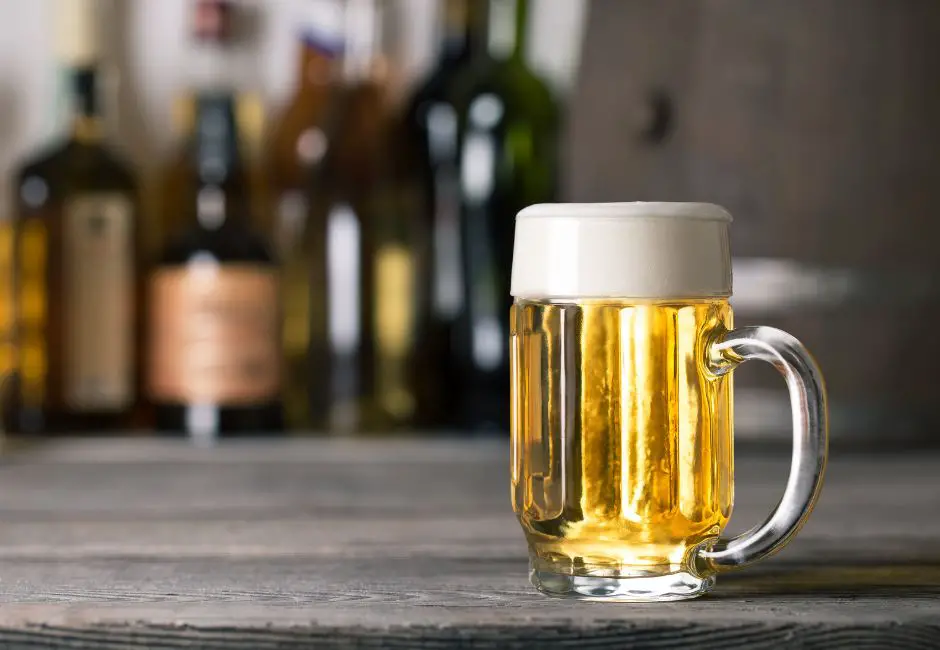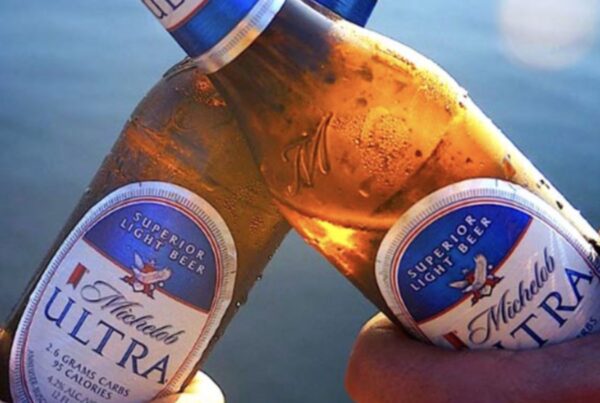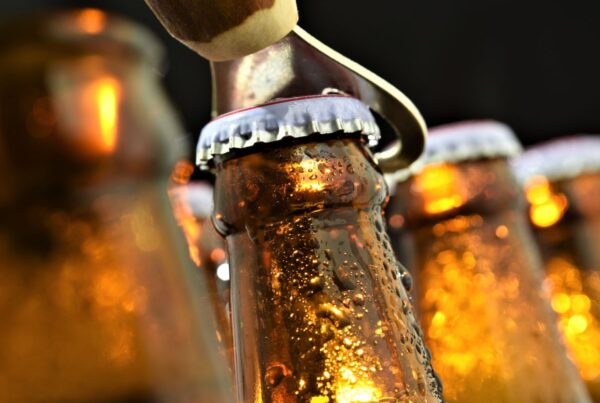Light Beer 101: Everything You Need To Know
You’ve seen it in commercials, you’ve seen it at the bar, and you might’ve even enjoyed a can or two yourself. But what makes light beer light? (It has nothing to do with the color of the beer.)
In this guide, we’ll explore the history of light beer, learn how it’s made, and discover why it may or may not be a healthier alternative to other beers.
Because as it turns out, there’s more to light beer than just being “less filling.”
The History of Light Beer
The 1970s—when folks were beginning to worry about their waistlines almost as much as they worried about their Bee Gees records getting scratched. In an era of growing health consciousness, light beer made its entrance.
The idea behind light beer was straightforward: offer people the beer they already love, just with fewer calories. Miller Lite was born in 1975, with the slogan “Great Taste, Less Filling.” And it was the first light beer to be distributed nationwide.
Despite a lot of early skepticism, the light beer movement took off.
The Difference(s) Between Light Beer & Regular Beer
What exactly separates the Bud heavies from the Bud lights? Is it the alcohol content (ABV)? The calorie content?
The answer is: It’s both.
“Regular” (non-light) beer tends to be higher in both compared to light beer. For example:
- A standard can of Budweiser clocks in at about 150 calories and 5% ABV, while Bud Light only contains 110 calories with 4.2% ABV.
- A can of Coors Lite also has 4.2% ABV, but with only 102 calories. The original Coors Banquet has 5% ABV and 147 calories.
- Busch Light has an even lower ABV of 4.1%, and a relatively low 95 calories.
*In the examples given above, the lower calorie content is really the main difference between these light (or “lite” in the case of Coors) versions of their heavier brethren. That’s because at 5% ABV, these beers already qualify as examples of session beers.
How is Light Beer Made?
Just how do you brew beer with fewer calories? It’s not rocket science—just science.
Brewers create light beer by reducing the fermentable sugars in the brewing process, leading to beer with less alcohol and fewer calories.
Is Light Beer Actually Healthier?
Now, let’s address the elephant in the room: Can light beer be considered healthy?
Well, that depends on your interpretation of the word “healthy.”
It would be hard to argue that light beer isn’t healthier than other beer, in the relative sense. It indeed has fewer calories, and lower alcohol content than regular beer, which can be beneficial if you’re counting calories or aiming to moderate your alcohol intake, respectively.
But light beer still contains a fair amount of alcohol. So, while it’s definitely a bit easier on the waistline, it’s not exactly a kale smoothie. You still need to drink light beer responsibly.
Does It Take Longer to Get Drunk from Drinking Light Beer?
In the eternal, philosophical question of “how many light beers does it take to get me tipsy?” the answer is, predictably, “it depends.”
Light beer does have a lower alcohol content, so on paper, it would take more light beers to reach the exact same level of inebriation as regular beers. However, factors like your body weight, metabolism, and whether you’ve eaten also play a role in how quickly (and intensely) the effects of alcohol come on.
The Bottom Line
To put it lightly (pun absolutely intended), light beer has carved its own niche in the world of beer. Born out of a desire to cater to the health-conscious demographic, it’s since grown into an established type of beer all its own.
The staying power of light beer in the global beer market proves that it isn’t a fleeting trend—it was born as a response to the evolving tastes and demands of consumers. It bridges the gap between the desire to enjoy a cold brew and the need to make healthier lifestyle choices.
Though it may not offer the full-bodied experience of some craft beers or the richness of an imperial stout, light beer’s appeal lies in its refreshing quality and lower calorie count—the perfect blend of pleasure and moderation.






